New York
10 Fascinating Details About the Ancient Forest Discovered Near Cairo, New York
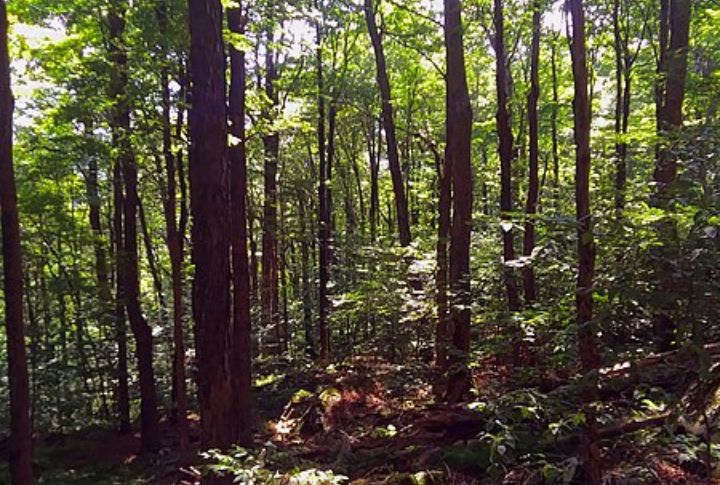
Recently, scientists exploring an old, abandoned quarry near Cairo, New York, made an unexpected discovery. Instead of the typical rocks, they uncovered fossilized tree trunks, roots, and stumps from a forest that had been buried for 385 million years. This find quickly became one of the most significant paleontological discoveries of the century. Here are ten intriguing details about this ancient forest and its world-changing revelations.
The World’s Oldest Known Fossil Forest
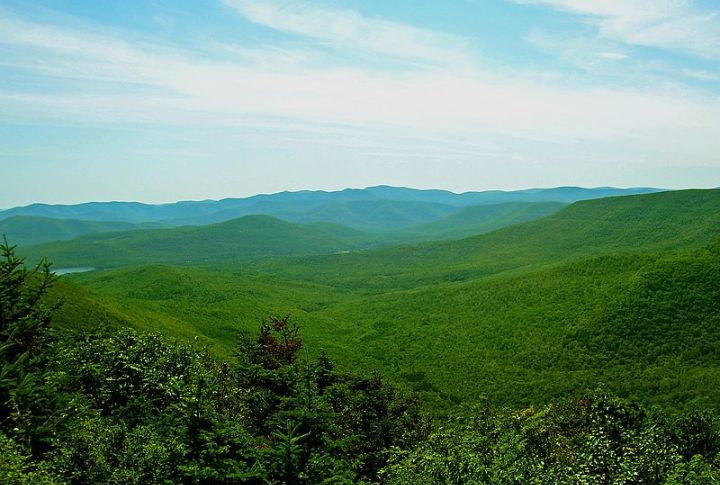
Located in New York’s Hudson Valley, the Cairo fossil forest is the world’s oldest known fossil, dating back around 385 million years. This forest predates the dinosaurs and showcases an incredibly early stage of plant evolution. The discovery sheds light on the origins of life as we know it today.
Found in an Unexpected Spot
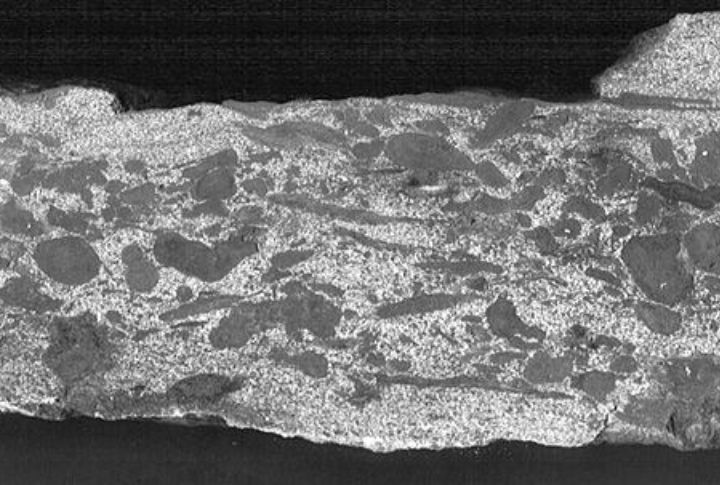
Ancient forests are typically thought to be hidden deep within jungles or remote regions. However, the Cairo fossil forest was discovered in an abandoned quarry near Cairo. The fossilized tree trunks and roots were remarkably well-preserved, revealing a detailed snapshot of Earth’s distant past.
Archaeopteris: The First True Tree
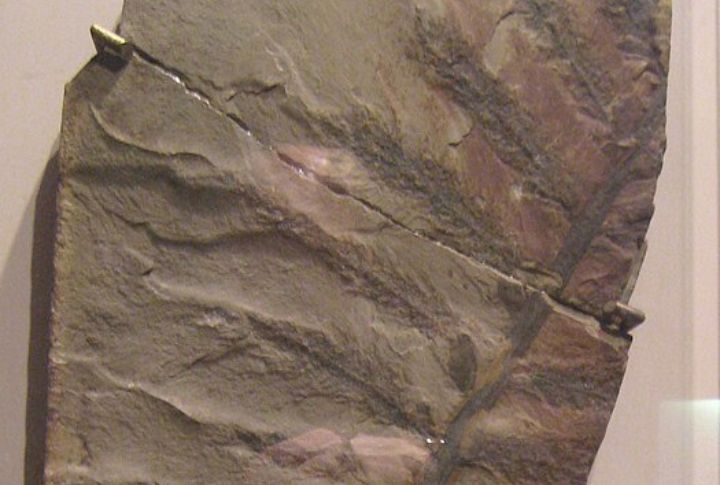
The star of the Cairo forest is Archaeopteris, a tree-like plant that flourished around 385 million years ago. Archaeopteris is often considered one of the first true trees with fern-like leaves and woody stems. This bridges the gap between ancient plants and the modern trees that followed. Some grew over 30 feet tall!
Root Systems: Nature’s Early Engineers
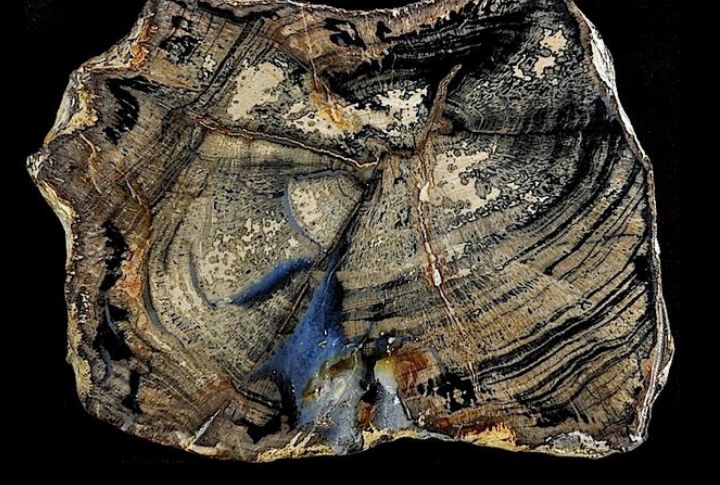
The fossilized root systems found at the Cairo site provide a rare glimpse into the formation of early soil. These early roots helped to create stable land ecosystems, enabling plants to grow in new environments and contributing to the development of Earth’s first soils—critical for the flourishing of complex ecosystems.
The Devonian Period: When Earth Went Green
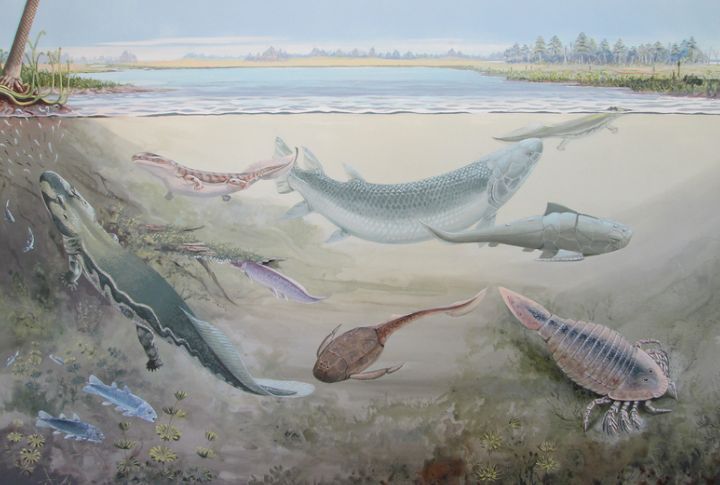
The Cairo forest existed during the Devonian period, when Earth was still mostly water, with only sparse plant life on land. The emergence of trees marked a significant shift as they began to change the planet’s atmosphere and geography. This period is often called the “Age of Fishes” due to the rapid evolution of aquatic life alongside the rise of plants.
Trees and Climate: Earth’s Cool Down
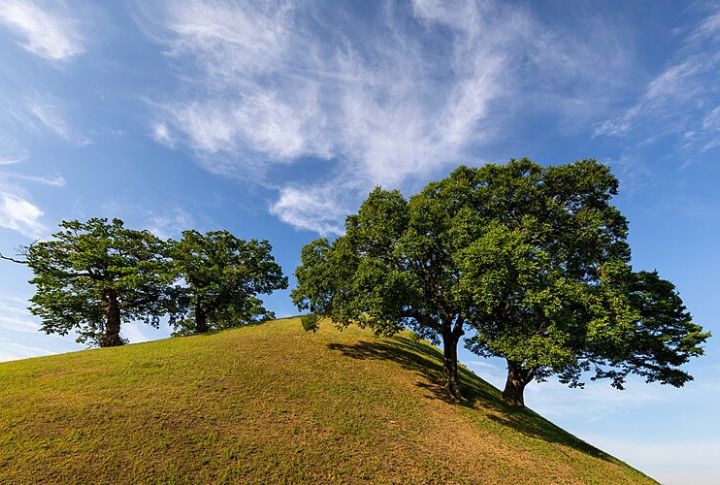
As trees began to spread across the planet, they played a pivotal role in reducing carbon dioxide levels in the atmosphere, which helped to cool the Earth. This was an essential shift that helped stabilize global temperatures and set the stage for the development of life on land.
Plant Diversity: A Sneak Peek Into Early Flora
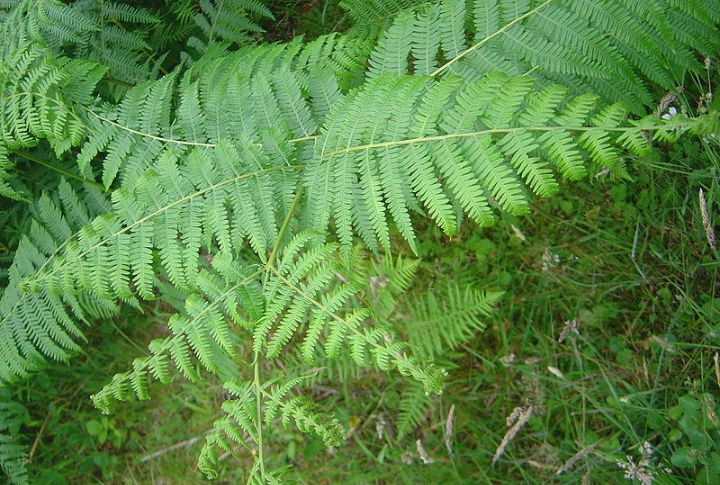
In addition to towering trees, the Cairo forest was home to smaller plants like ferns, mosses, and early vascular plants. These plants were instrumental in creating the first stable soils and contributed to the environment’s overall biodiversity. They also formed early ecosystems, which paved the way for more complex life forms.
Early Ecosystems: The First Forest Community
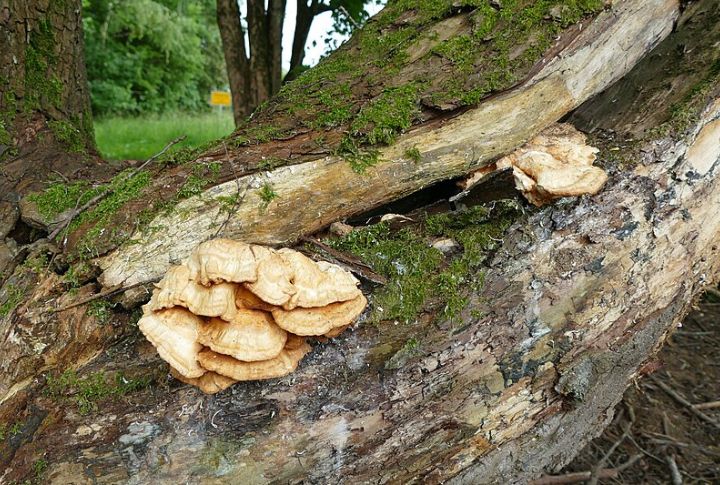
This fossil forest wasn’t just a collection of isolated plants but an entire ecosystem. Fossils show interactions between early plants, fungi, and other organisms, forming the first complex land-based communities. This discovery helps scientists understand how early ecosystems functioned, laying the foundation for future ecosystems.
From Fossils to Modern Trees: A Growing Connection
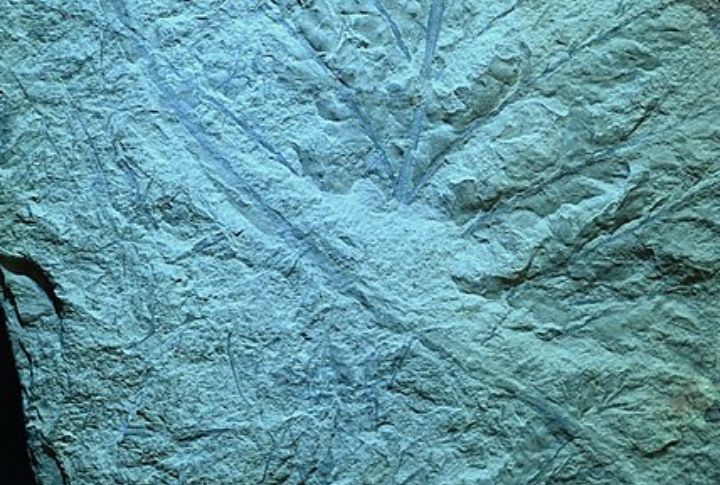
By studying the fossilized trees of the Cairo forest, scientists can trace the evolution of modern trees. Archaeopteris, in particular, played a vital role in developing tree-like plants that would later dominate the planet. This provides valuable insights into how trees evolved and shaped our current terrain.
An Ongoing Puzzle: More to Discover
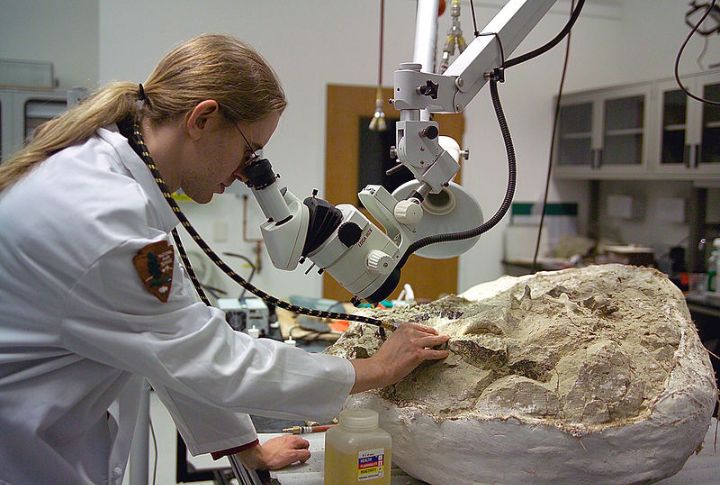
Though much has been learned from the Cairo fossil forest, research is ongoing. Scientists continue to uncover more fossils, deepening our understanding of Earth’s ancient ecosystems. With every discovery, they piece together a clearer picture of how the planet’s land-based life evolved millions of years ago.

